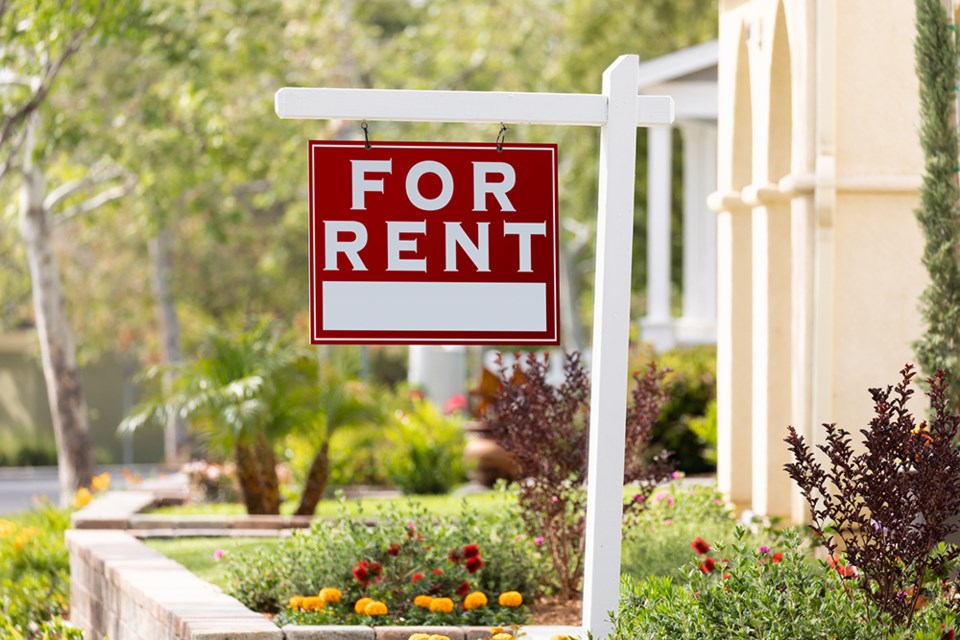The increase of the average rent far outpaced the general rate of inflation in many Alberta municipalities last year, data shows.
Using data from Government of Alberta apartment rental costs survey and Urbanation's December 2023 Rentals.ca rent report, Great West Media compared the annual change in average rent for a two-bedroom apartment in 66 municipalities. Though rural renters still paid less on average than those in urban centres, they also experienced some of the steepest rent-hikes in the province in 2023.
The average price of a two-bedroom rental increased by over nine per cent in 2023 compared to the previous year. However, many municipalities saw rents skyrocket between two and four times more than the provincial average.
Annual change in rent for two-bedroom apartments by municipality
The cost of a two-bedroom apartment in Jasper jumped by 39 per cent last year, the largest increase of any municipality surveyed. Rocky Mountain House, Raymond, and Penhold all recorded rent increases of 30 per cent or more.
Notably, the only city in the ranking of top 10 highest annual change in average rent was Lloydminster, which saw rents rise about 18 per cent compared to the previous year.
There are several factors driving up demand — and prices — in rental markets throughout Alberta, as well as supply-side hurdles that have a big impact on rural communities, said David Dale-Johnson, Stan Melton Chair in Real Estate at the Alberta School of Business at the University of Alberta.
Alberta's population grew by record numbers in 2023, thanks to surging international and inter-provincial immigration. About 4.7 million people now call Alberta home, about 195,000 more than the same time last year, according to Statistics Canada.
At the same time, high interest rates are pushing some would-be home buyers back into the shrinking rental market.
"A consequence of high mortgage costs is it causes people to shift from home ownership, or people who might consider buying a home, to go into the rental market to wait for lower rates. And you also have people who get in trouble because they're overstretched with their mortgages and have to sell or choose to rent out their property and go and rent themselves in order to survive with their lender," Dale-Johnson said.
Post-COVID, remote work is much more acceptable, which makes out-of-the-way towns more attractive, he said.
"I think the consequence of that is a lot of these smaller communities are more affordable, more attractive places to live. And people are saying, 'Let's go live in community X because I can work from home, they're safer, they're more fun, they're close to ski areas' – all of the above."
Most expensive average rent for two-bedroom apartments by municipality
Smaller communities often have more trouble attracting developers for large projects like apartment complexes or row housing that would help ease the pressure in local rental markets. With elevated construction costs and fears of tough economic times ahead making builders even more risk averse, there is very little new supply coming online outside of urban centres.
The seasonally adjusted annual rate of housing starts in rural Canada fell by 24 per cent in November 2023 compared to the previous year, according to the Canada Mortgage and Housing Corporation.
"For the people doing new construction, their financing costs are much higher than they were 18 months ago," Dale-Johnson said.
"It's much more difficult for them to make a deal work. The lenders are a lot more nervous about the market in general. The economy is slowing down. There is concern about whether we'll have a recession. It's a tough environment for builder/developers to add to the stock. And by the way, that takes a long time no matter what."



